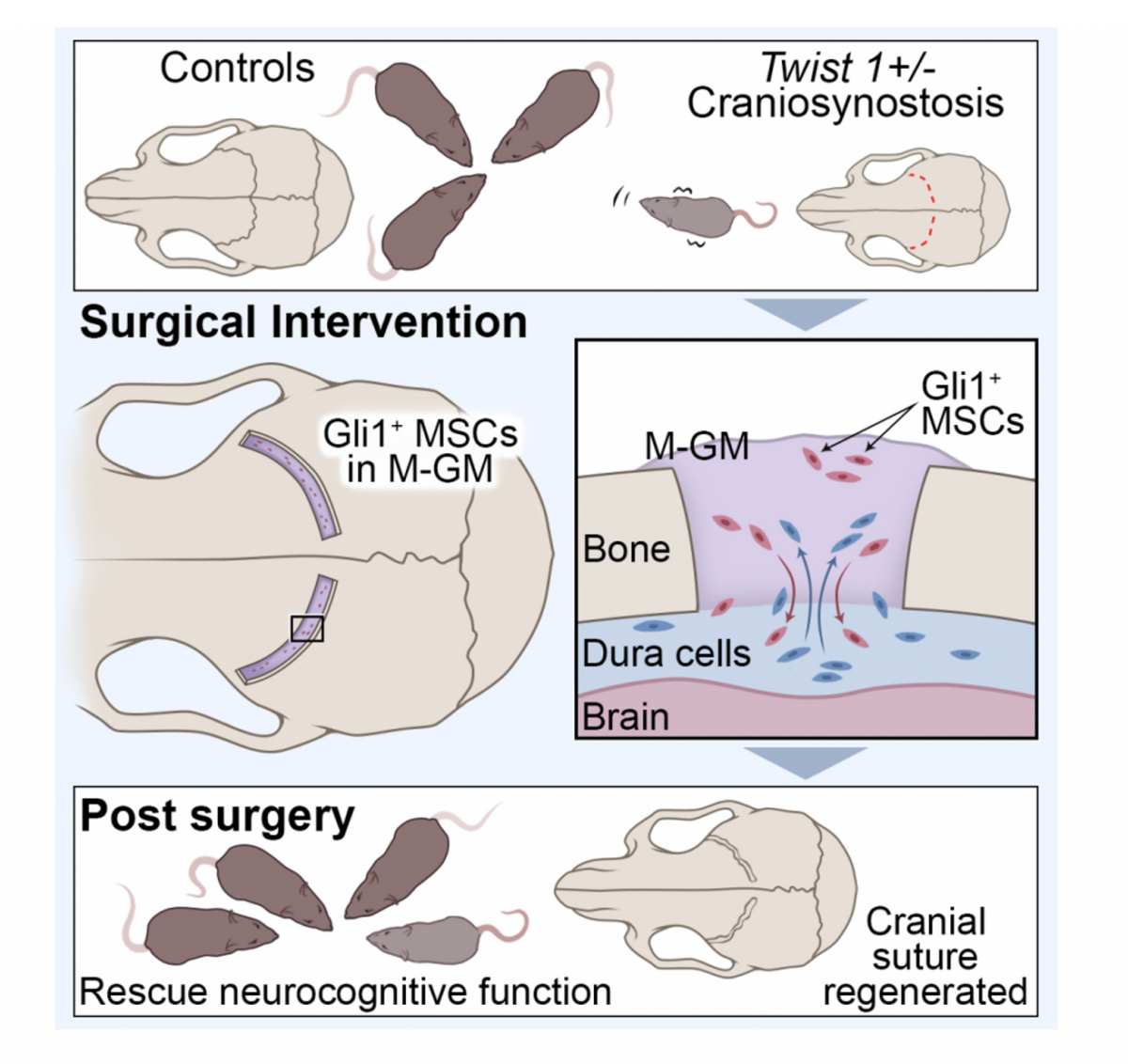
Postdoctoral Position at the Center for Craniofacial Molecular Biology, University of Southern California
A postdoctoral position is available immediately in Professor Yang Chai’s laboratory at the Center for Craniofacial Molecular Biology (CCMB) at the University of Southern California in Los Angeles, California. We are interested in the regulation of developmental patterning, organogenesis, stem cells and regenerative medicine. Our studies seek to define molecular mechanisms governing both normal and abnormal craniofacial development, providing scientific rationales for future therapeutic strategies to prevent and treat craniofacial birth defects, as well as stem cell-based craniofacial regenerative medicine.
CCMB is located on the Health Sciences Campus of USC, which provides a vibrant, highly collaborative and interactive research environment. Postdocs will participate in weekly seminars with 100+ people who are interested in developmental biology and stem cells in tissue regeneration. There are ample cross-training opportunities in areas such as bioinformatics, biomedical engineering and translational medicine. Postdocs will also have opportunities to collaborate with experts nationally and internationally.
The candidate must have a PhD and be experienced with molecular and developmental biology. Our research projects are supported by the National Institute of Dental and Craniofacial Research, NIH. For details, please visit https://chailab.usc.edu/. To apply, please send C.V. and three letters of recommendation to Yang Chai (c/o Ms. Linda Hattemer at lhatteme@usc.edu and ychai@usc.edu). EOE/AA
Some of our recent publications:
- Yu, M., Ma, L., Yuan, Y., Ye, X., Montagne, A., He, J., Ho, T. V., Wu, Y., Zhao, Z., Maria, N.S., Jacobs, R., Urata, M., Wang, H., Zlokovic, B.V., Chen, J., Chai, Y. (2021) Cranial suture regeneration mitigates skull and neurocognitive defects in craniosynostosis. Cell, 184, 243-256. PMID33417861.
- Yuan, Y., Loh, Y. E., Han, X., Feng, J., Ho. T. V., He, J., Jing, J., Groff, K., Wu, A., and Chai, Y. (2020) Spatiotemporal cellular movement and fate decisions during first pharyngeal arch morphogenesis. Science Advances, PMC7744069.
- Zhao, H., Feng, J., Ho, T. V., Grimes, W. C., Urata, M., and Chai, Y. (2015) The suture provides a niche for mesenchymal stem cells of craniofacial bones. Nature Cell Biology, 17, 386-396. PMCID: PMC4380556



